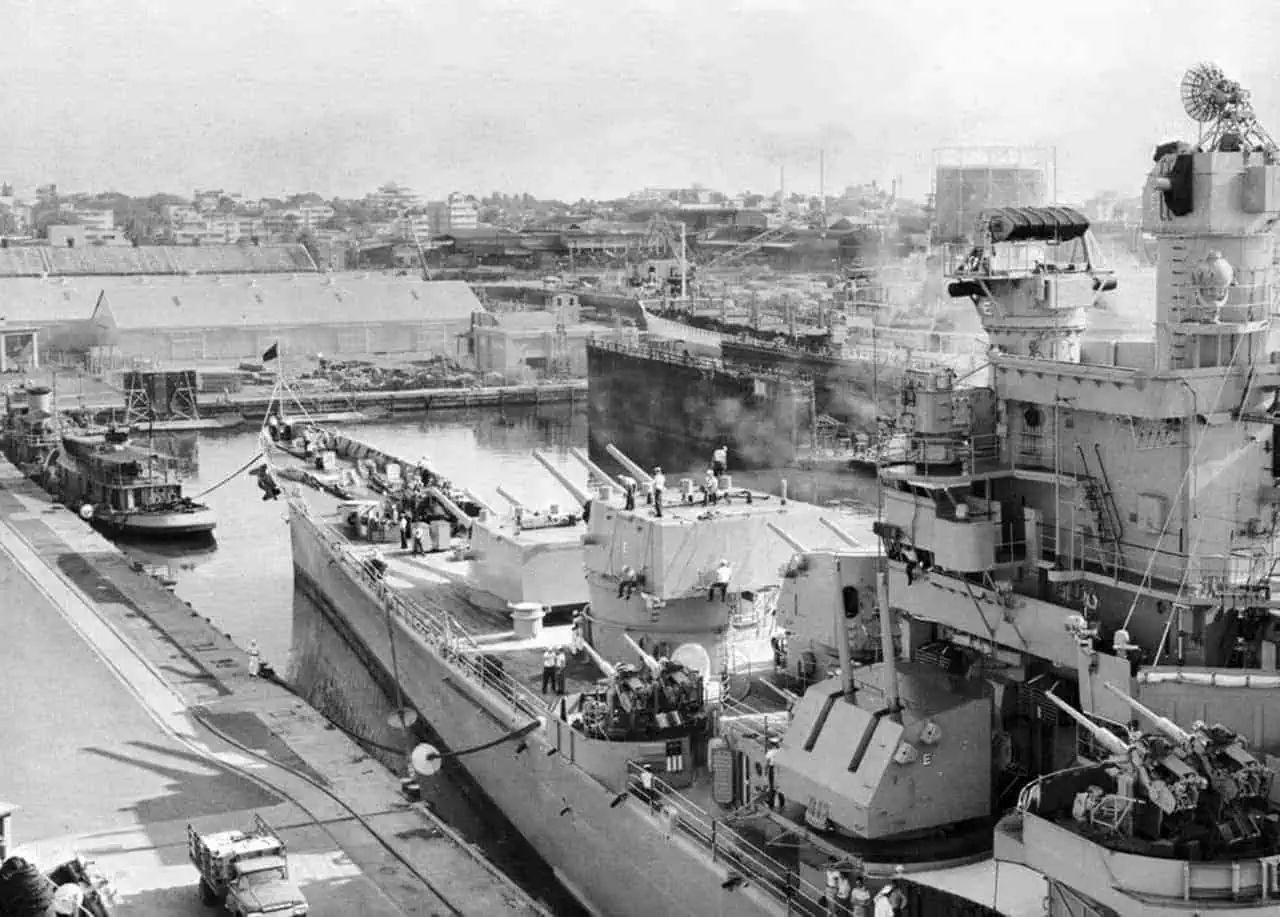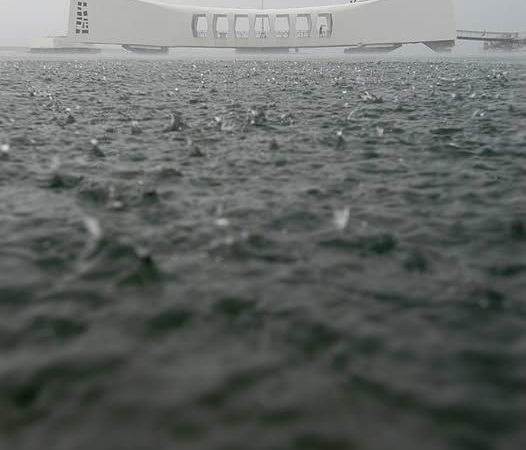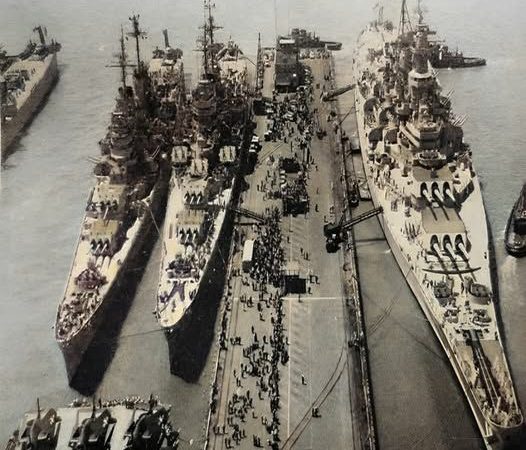USS Macon: The Largest Warship to Transit the Great Lakes, Overcoming Challenges in the Seaway Passage (1959)
In 1959, the USS Macon, a heavy cruiser armed with 8-inch guns, became the largest warship ever to transit the Great Lakes. This event marked a significant moment in the opening of the St. Lawrence Seaway, a waterway designed to link the Atlantic Ocean with the Great Lakes, allowing large ocean-going vessels to travel inland.
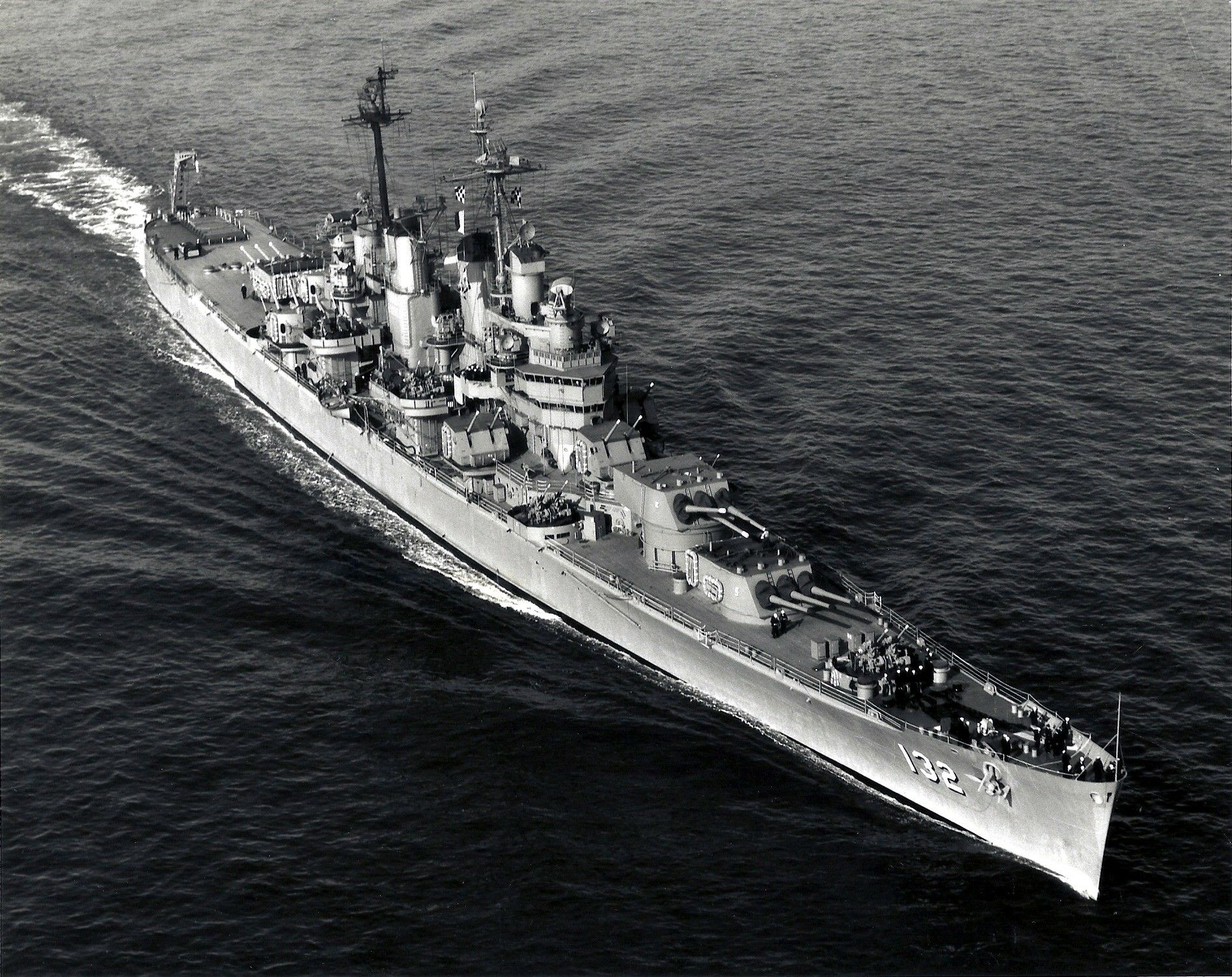
The USS Macon sailed through the newly opened waterway as a symbol of this historic achievement, making her way through the Eisenhower Lock. To facilitate her passage, special modifications had to be made, including the removal of her radar antenna in Boston. This was necessary due to the ship’s high air draft, which would have posed a problem when navigating under the lift bridges along the Seaway.
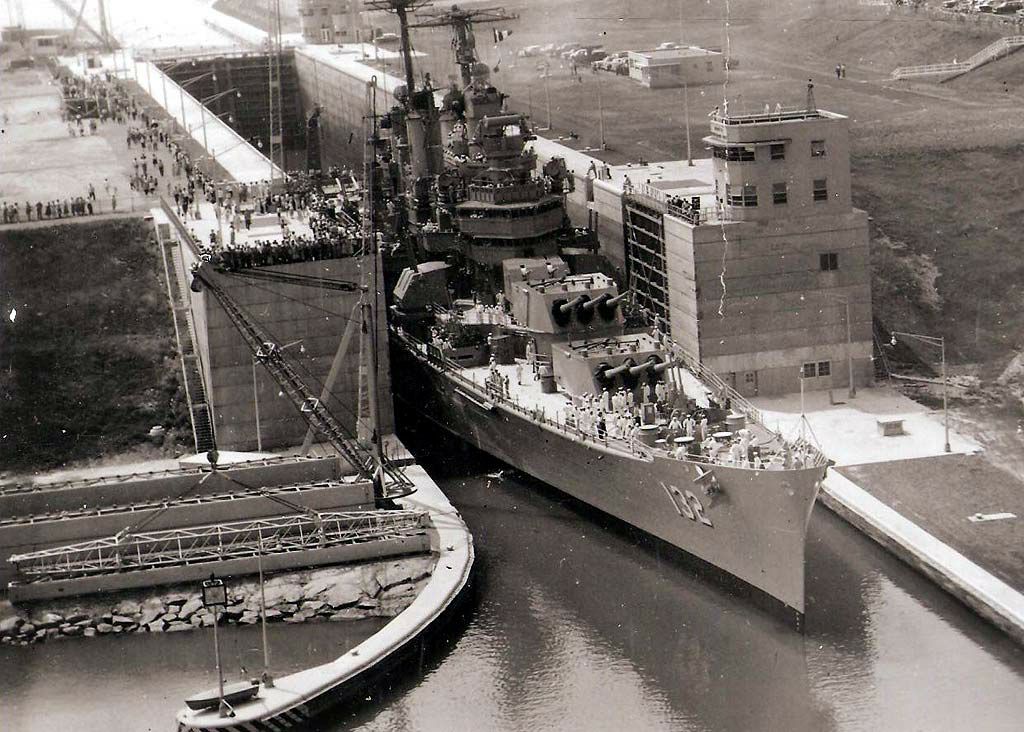
Despite these preparations, the journey was far from smooth. The USS Macon, designed for open ocean travel, faced significant challenges navigating the narrower and shallower sections of the Seaway. The ship’s large size and powerful engines, combined with the open ocean design of her hull, caused her to repeatedly rub the bottom and bump into the lock walls. These difficulties highlighted the challenges of guiding such a massive vessel through a relatively constrained waterway.
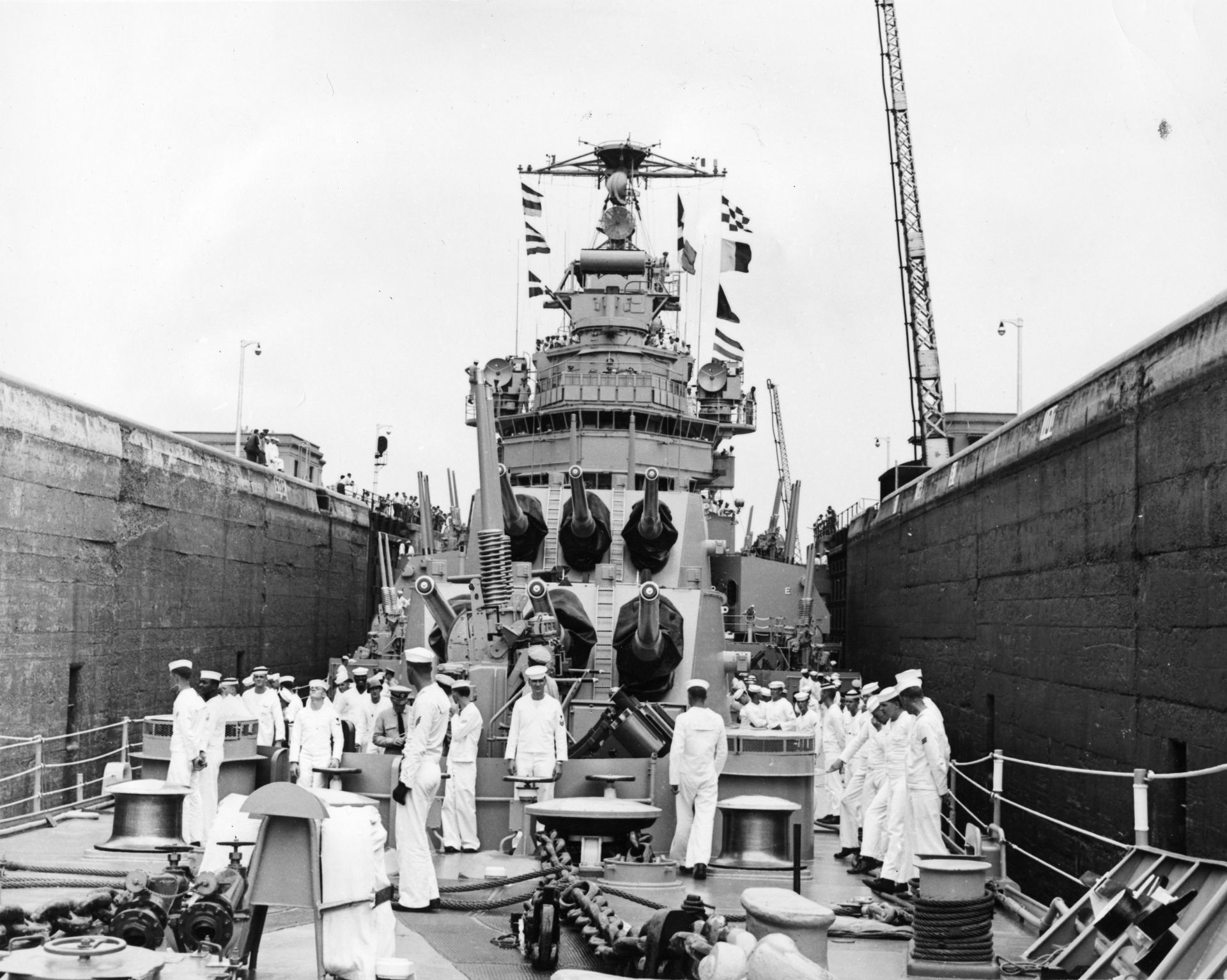
Nonetheless, the passage of the USS Macon through the Seaway in 1959 remains a landmark event in maritime history, symbolizing the opening of new possibilities for commercial and military vessels to access the heartland of North America. Despite the challenges faced during her transit, the ship’s journey underscored the potential of the St. Lawrence Seaway as a crucial link between inland ports and the global ocean trade network.
